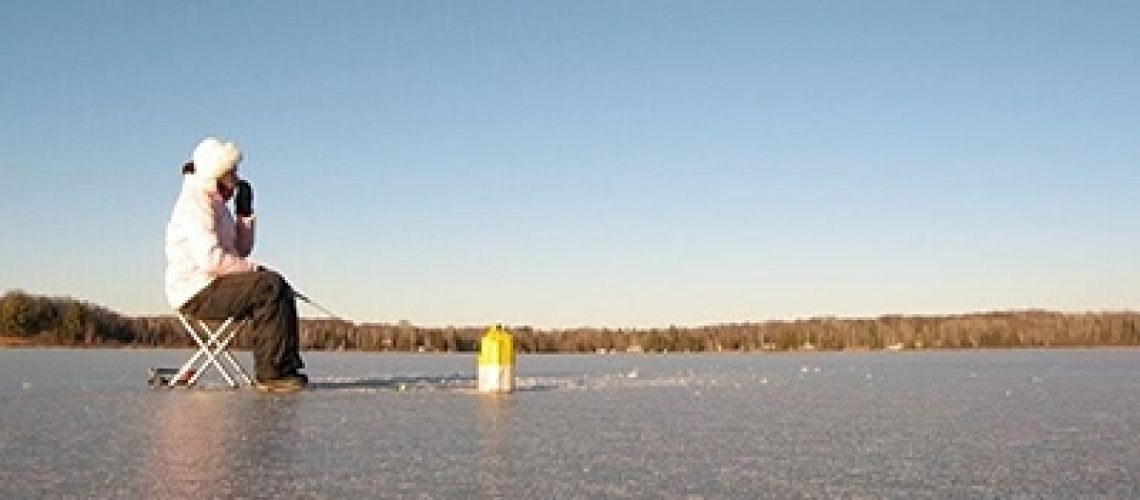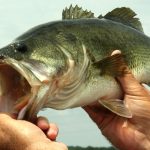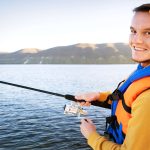Ice fishing is the art of catching fish in a frozen body of water, while sitting on the ice over the water, with your line going down through a hole in the ice. First, before you even go ice fishing, you will need to get a license. You will need to dress in layers and wear your warmest winter boots. You may want to rent an ice shanty or small shelter. Some ice fishermen use small heaters on the open ice to warm their hands while they sit. You may even want to bring some ice skates in order to get up, move around and warm yourself while you’re waiting on the fish to bite.
Fish that you’ll most likely catch in the winter months are panfish, blue gill, yellow perch, walleye, sauger, northern pike, splake, trout, kokanee salmon, largemouth bass, smallmouth bass, burbot, tiger muskie, tulibee and eelpout. You’re always better off if you recycle, so unless you’re looking for your next meal, throw the fish back in and try again.
Figure out where the fish are, and that’s where you want to be. Make sure your bait and lure are at the same level as the fish. Sometimes in the winter, fish don’t move around much, so you will want to figure out where they are and go to where they are depth wise. Once you’ve got your lure at the right depth, keep it there and try not to move it around. Keeping it still will attract fish, and you’ll end up catching more. If you do need to move around, do it slowly. If you move around quickly, the fish may think that it isn’t worth it to try to get your bait.
Under the ice, the fish move around less, so they aren’t aggressive with getting their food. This may make it confusing when trying to decide if a fish is biting or not. You won’t always be able to rely on the pull of your rod to know if a fish has caught your bait. Bobbers will sit on top of the water with your line dangling underneath of them. When the bobber moves, a fish is most likely on your hook, so it’s time to set the hook. A tip up is sometimes used instead of a fishing rod and is a mechanism that will raise a little flag and “tip up” when a fish is on the end of your line. This may be more effective if you have a line in two different holes.
You may need to cover the hole while you are ice fishing. In water that is shallower, you may need to cover the hole to block out the light going down into the water. This can be done with ice shavings from the surface. This rule works well in both clear water and dirtier water, as both will allow light to shine in. If you are in darker water, and having trouble seeing your jig, you may want to use a glow in the dark jig so that you are able to see it through the darker water.
If your line is perfectly still and you’re having trouble catching fish, try using some chum. You can take a few minnows, crush them and drop them down through the hole into the water. This will actually attract more fish to your area and it will also allow the fish to feed more aggressively.
If you are able to, try to bounce your jig on the bottom of the lake. This will make a cloud of debris come up off the bottom and will effectively attract fish that may be further away. You may even experience more luck if your jig simply lies on the bottom. When the fish takes the bait, it will rise with the jig and cause your spring bobber to go up.
Fishing is a great sport for those who love to be still and wait with patience. Ice fishing is exciting because you are out on a lake in the dead of winter. Enjoy the quiet, enjoy the fishing and enjoy the experience.
Yellow Bird Products
1803 Holian Drive
Spring Grove, Il 60081
815-469-9686





